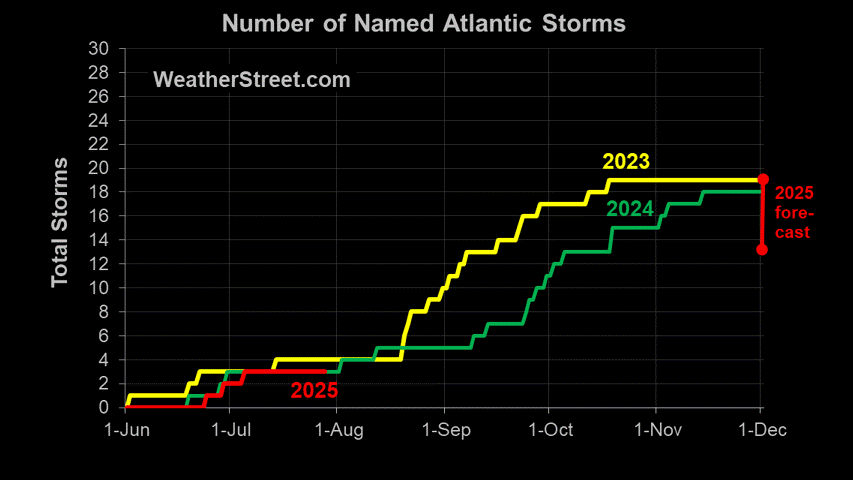A Forensic Analysis of Hurricane Katrina's Impact: Methods and Findings
A special edition of Ocean Engineering is being provided free of charge for 1 year.
Volume 37, Issue 1, Pages 1-154 (January 2010)
A Forensic Analysis of Hurricane Katrina's Impact: Methods and Findings
Edited by Z. Demirbilek, D.T. Resio and R.G. Dean
I received an e-mail making me aware of this issue a few days ago. The table of contents of this edition is listed at the end of this post and the link above will bring you to the homepage for this issue complete with active links to either webpages or pdf format pages of each section of this report.
A recent special edition of Ocean Engineering provides an analysis of the impact of Hurricane Katrina, and an overview of the lessons learnt in the aftermath of the disaster.
Hurricane Katrina was the most destructive natural disaster in the US history. Katrina's size was larger than most hurricanes and its storm surge affected a larger area, nearly 93,000 square miles.
It was Hurricane Katrina and the subsequent sustained flooding of New Orleans that exposed significant flaws in Federal, State, and local preparedness for catastrophic events, requiring revision of emergency plans at all levels of government to coordinate and integrate State, local, and private sector partners.
Between September 2005 and September 2006, the Interagency Performance Evaluation Task (IPET) force study sought to evaluate the performance of flood protection systems following the devastation caused by Hurricane Katrina.
The aim of this Special Issue of Ocean Engineering is to disseminate key findings from research and engineering works conducted by the IPET task force to scientific and engineering communities worldwide.The ultimate goal is to help prepare for and
deal with potential consequences of severe hurricanes in the future.
You can access this special issue free online onScienceDirect for a year.
The next several posts will provide summaries of each section of this report. Many lessons can be learned from the response to Hurricane Katrina and the preparation or lack there-of.
It is easy to point to the many failures in government in the response to this powerful storm. We must also remember that New Orleans sits in a bowl below sea level protected by earthen levees. Such a scenario had been discussed several times in the past as a worst case scenario. The possibility of New Orleans flooding and filling up was and continues to be a very real possibility.
Federal, state and city officials must prepare for tropical weather and upgrade the protections around the city.
Table of Contents
1. Editorial Board
2. Introduction: Hurricane Katrina and Ocean Engineering lessons learned
Special Issue Papers:
3. The anatomy of a disaster, an overview of Hurricane Katrina and New Orleans
4. A review of climatological characteristics of landfalling Gulf hurricanes for wind, wave, and surge hazard estimation.
5. Reconstruction of Hurricane Katrina's wind fields for storm surge and wave hindcasting
6. Potential impact of sea level rise on coastal surges in southeast Louisiana
7. Physical model study of wave and current conditions at 17th Street Canal breach due to Hurricane Katrina
8. The potential of wetlands in reducing storm surge9. A hydrodynamics-based surge scale for hurricanes
10. Analysis of the coastal Mississippi storm surge hazard
11. Development of storm surge which led to flooding in St. Bernard Polder during Hurricane Katrina
12. Erosional equivalences of levees: Steady and intermittent wave overtopping
13. Quadrature-based approach for the efficient evaluation of surge hazard14. Efficient joint-probability methods for hurricane surge frequency analysis
15. An application of Boussinesq modeling to Hurricane wave overtopping and inundation










<< Home